The digital age of car-buying is well and truly with us. The internet has enabled a generation of highly informed consumers who research what they want – and what they can get – long before they ever set foot in a traditional showroom.
Yet some brands are taking the concept of the internet era even further. They’re not only arming the consumer with all the information they need before they reach a dealership, but creating schemes whereby they need never visit a dealer.
Hyundai launched its Click To Buy program a little over 15 months ago. Since the initial roll-out, the scheme has expanded to include all Hyundai models and all dealers. It is an end-to-end e-commerce platform that allows buyers to select, finance, option and order a new Hyundai model from a dealer of their choice, and have the car delivered to their door, without ever setting foot in a Hyundai dealership. It even allows customers to part-exchange their existing car, pending a satisfactory inspection.
On the face of it, this separation of dealer and customer makes it hard to see the benefit to the dealer. How are sales staff able to make that vital personal connection with a remote purchase?
Rebecca Hurrell, retail development manager at Hyundai Click To Buy, said: “When we were consulting the dealers in the development of Click To Buy, they were very much involved in the process in terms of the customer journey and the fulfilment processes. One of those key things was ‘how does the customer actually get the car?’.
“While it is distance selling, one of the things we actively encourage is for the dealer to make that contact with the customer in between the point of them putting the deposit down for the vehicle and collecting it. We ask the dealer to fulfil that home delivery – although in practice we’ve had very few of those.
“If there is a home delivery situation – and one of the benefits of Click To Buy is that it offers the customer the option to spend less time in a dealership if they choose to – then we get the dealer to perform that handover.”
Mazda operates a similar scheme, MyWay, although this is currently limited to the London boroughs. In Mazda’s case, the brand doesn’t have any dealers at all within the inner London area, although seven retailers within the M25 take responsibility for fulfilment. However, rather than using existing dealer staff, Mazda employs “brand champions” to manage the process.
Simon Culley, Mazda UK’s strategic retail projects manager, said: “Mazda MyWay only operates in London in areas where we don’t actually have any dealers represented. Our team of brand champions do the whole test drive process and help customers connect to a dealer of their choice.
“Once that handover is facilitated, the contract of sale will be managed by the dealer. The customer is given a choice of where they want to transact. If they want to do it from the comfort of their own home they can do that, and then the dealer has to acknowledge that there’s various distance-selling regulations that they need to stick to to make that happen.
“The dealer in the process is entirely responsible to hand that vehicle over once they’ve got availability, and then we give the customer the option: Do you want it delivered to your home or do you want to collect it from a dealer? That’s a core USP for the Mazda MyWay program – you don’t have to leave your home if you don’t want to.”
Who pays for delivery?
In either case, this comes at a cost to the supplying dealer. So are they able to recoup losses on delivering cars to customers they have never previously seen? Hyundai and Mazda have different approaches here, reflecting the geographical reach of each scheme.
Hurrell said: “We do offer home delivery with ClickToBuy, and we do make a charge for it, which at the moment £250 for anywhere in the UK.
“In theory, ClickToBuy is an internet-based system, so it has full geographical coverage in itself, but it’s very much customer-driven. The customer journey works in as much as the vehicle is selected, the finance chosen, etc., before the customer chooses a dealer. The way they choose a dealer is by postcode locator.
“What we find in practice is that customers are selecting the dealers that are closest to them. They can, if they want to, search by a different postcode – so if they wanted to look for a dealer that’s close to their work they can – but what we don’t do is assign the dealers territories. In theory, if I lived in Cornwall and wanted to select a dealer in Aberdeen, I could. In practice, people like to buy locally.”
Mazda MyWay does not currently offer dealers the ability to charge for delivery, although it operates in a much smaller area. However, Mazda is looking to expand the scheme to other metropolitan areas this summer, and potentially farther, at a later date.
“At the moment for London-based scheme, if you want a delivery at your home address, the dealer won’t charge you for that. As we go into the wider environment, we’re going to be working with the dealers. Is there opportunity for them to monetise the convenience? Potentially – we’re not forcing that as a particular requirement for the program, but we will work with the dealers to set their own parameters,” said Culley.
“There may be some more high-cost investment elements to manage – if a customer wanted the car with zero miles and a trailer was involved, would that cost a premium? Possibly, but we will work with individual dealers.
“It’s going to boil down to where the customer is located in comparison to where the dealership site is. If a dealership had a request to deliver a car 150 miles, there may be a discussion around the cost of doing that. If it was five to 10 miles, it may not even be a conversation that took place.”
How does the handover work?
As sales staff will know, the actual vehicle handover is – particularly for the customer – one of the most significant parts of the process. It gives the dealer the chance to create some anticipation and excitement, perhaps even some theatre, by bringing the customer to their new car and whisking the covers off. It’s also a vital opportunity to walk the buyer through some of the complex features of their new car and also interact with staff responsible for wider dealership services.
With a home delivery, there’s not as much of an opportunity to do this. A car transporter or trailer is not much of a substitute for a dedicated handover area in a modern showroom. This is where personnel can make all the difference.
Culley said Mazda conducted research before it started the MyWay program and then repeated it a year after it began.
“We measured customers across a whole spread of lifestyle groups and ages to ask them about the highs and lows of the car-buying process. One of the high points of that was the drive away from the dealer – we didn’t really see that change before the program and when we started to measure people who had been through the process.
“The key differentiation factor will be the person doing the handovers. We see great value in the type of people that we have recruited in to manage our London program. If we help dealers with that recruitment process to recruit their own brand champion, we feel they’ll have a similar calibre of individual that would have a positive impact on handover, both in the dealership but also remotely at the customer’s chosen location. It comes back to giving the customers the convenience that they’re looking for. The greater focus on product expertise could greatly enhance that.”
Culley said that although the numbers of people who opted for home deliveries was rather small, their overall satisfaction levels were higher than those with dealer deliveries.
“We are seeing some value in terms of Net Promoter Scores,” he said.
Hurrell said Hyundai does provide some guidelines around handover.
“We require that a salesperson does the delivery – someone who is up to speed with the product, so if the dealer has a handover specialist, that’s fine – and not simply send a delivery driver. We require that the customer gets a full handover experience, as much as is possible within the logistics of wherever they take delivery.”
She said this could make it difficult to monitor and that dealers have different policies on who does what.
“We do put it into our guidelines that if you’re going to engage with ClickToBuy as a dealer, you must make that experience special for the customer wherever that is.
“What we want to avoid is the clinical approach where the keys are handed over, the car reversed off the back of a truck and off they go.
“There can be a combination of the two – the dealer can ask the customer to come into the dealership to do some of the paperwork, but then deliver the car to their home and give the product experience on the driveway. The handover itself can be the same at home or in the showroom. One of the advantages of doing it at the customer’s home is that it enables them to have their experience in their own environment and think about the things that are more relevant to them in that space.”
How many people want home delivery?
The majority of participants in both Mazda and Hyundai’s schemes choose to take delivery from the dealership itself. Mazda said more than 80% of its customers come in to pick up their car and more than 90% of Hyundai customers opt for a dealership handover.
Both brands see the distance-selling aspect as an additional channel for dealers, bringing them into contact with more customers, and those that they wouldn’t ordinarily see, rather than reducing showroom traffic even further.
Culley said: “This is really an enhancement to some dealers that will give them a tool – a Mazda-recognised tool – around a suite of customer convenience options that allows them to extend their reach within their local area.
“Within the London-based scheme, we have no dealers in the area where we operate, but we have increased our market share. What that shows us is that not having a dealer isn’t a barrier to a customer considering the brand. If we take that learning out of London and apply it to our dealers, it potentially gives them a tool to sell more cars within a greater drive time distance of their existing facility, but it still might be within their area.
“We’ll start to see the impact it has with dealers in their more immediate area both with their market share and how far a reach it can actually give them. We can then apply those learnings to a much wider group of dealers. In five years’ time, if the proof of concept works, we could see all of our dealers offering the same type of solution, which gives them a greater connection with customers in a greater catchment.”
Hurrell said Hyundai was looking at incorporating ClickToBuy into a showroom process.
“It could be that in the future a customer might start their journey in a showroom and finish off their sale online at home,” she said.
“Potentially, that may open the door for more home delivery situations. At the moment, it tends to be a little bit the other way around – they will engage with ClickToBuy and start the journey there. This has contributed to some increased footfall into showrooms with people citing ClickToBuy as the reason that they became interested in the product. The journey would tend to finish off in the dealership.
“Sales used to be a six-step sales process, and that’s not how the world works any more. It’s not a linear process. ClicktoBuy is trying to get into that space to offer a brand alternative to other online brokers. It’s really recognising that customers will flip between online and offline in a more modern customer journey.” ANDREW EVANS

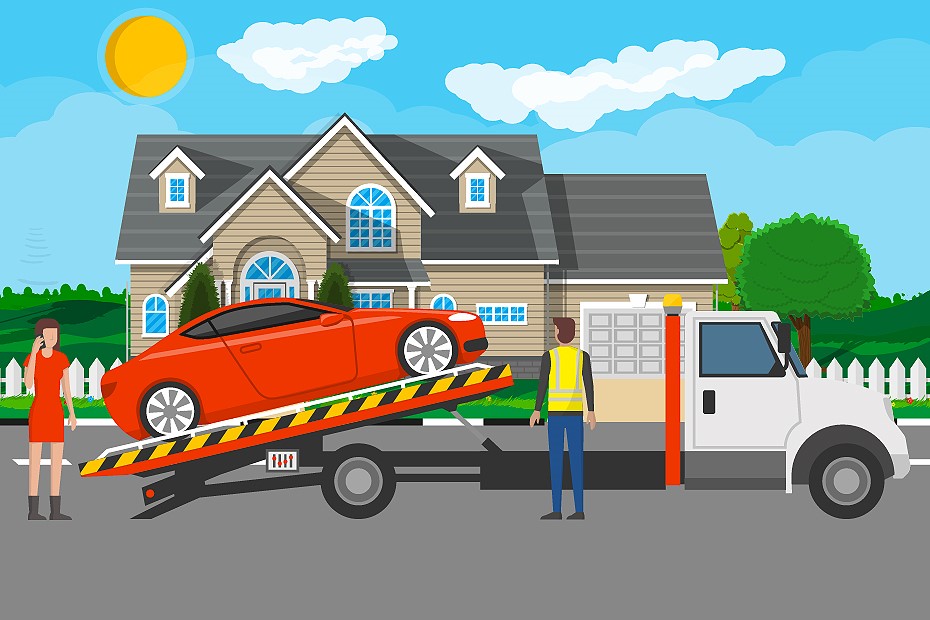




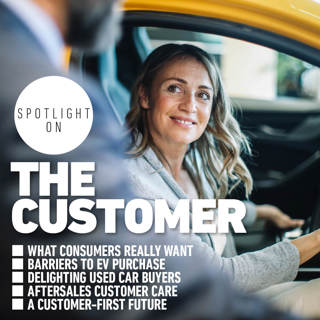
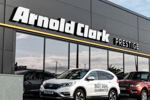

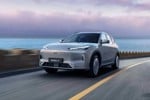





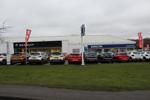



Login to comment
Comments
No comments have been made yet.